Just what is the purpose of nature study? Use these examples for how to use questions and answers in your homeschool as a jumping off place for even more discoveries and further adventures! Learn together and make memories as a family.
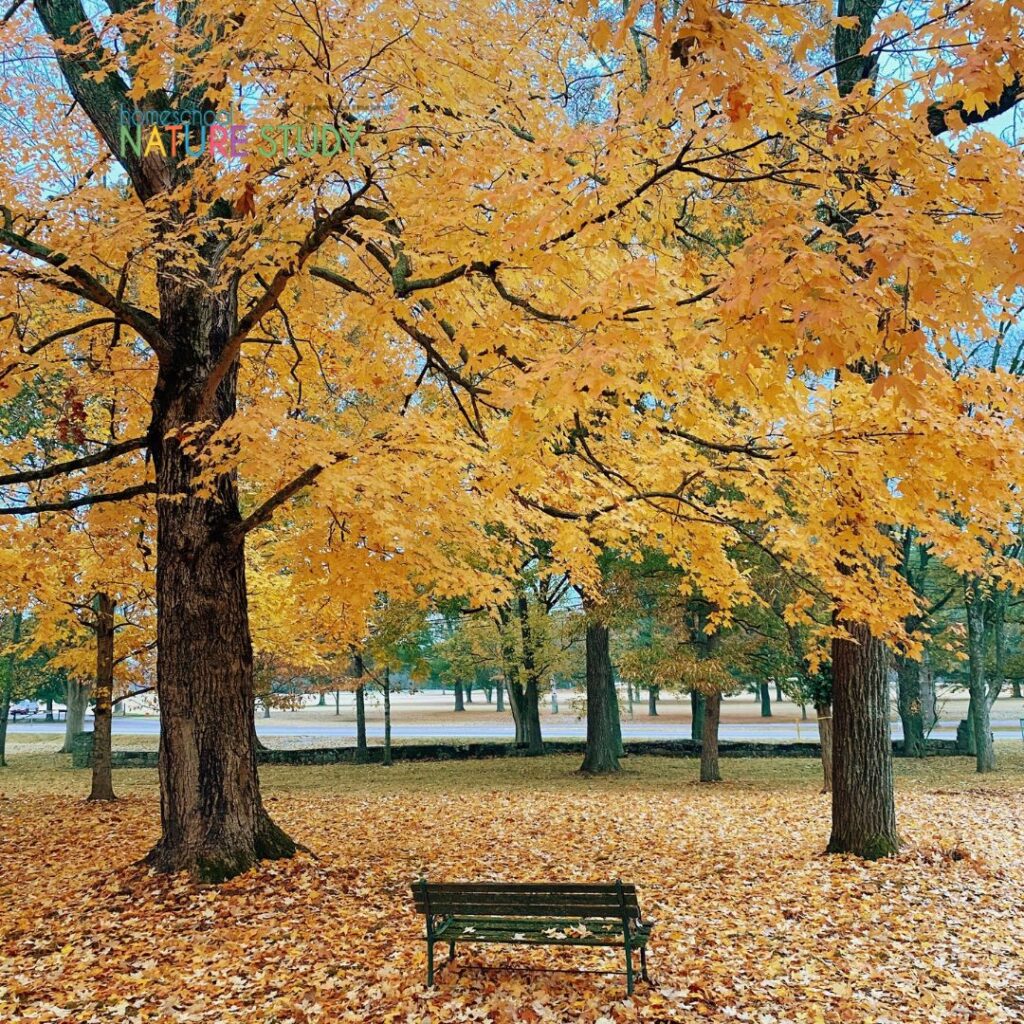
The Purpose of Nature Study: How to Use Questions and Answers in Your Homeschool
Nature study is more about asking questions than it is about finding answers. I always enjoy a good question because it means that my children are taking something they see or hear and are internalizing it and then coming up with a good question. Many times just asking the question helps solidify what they already know.
“Nature study does not start out with the classification given in books, but in the end it builds up in the child’s mind a classification which is based on fundamental knowledge; it is a classification like that evolved by the first naturalists, because it is built on careful personal observations of both form and life.”
Handbook of Nature Study, page 6
For instance, if they see a little creeping creature and wonder what it is, they will need to look a little closer. On examining the creature, they see that it has six legs. Six legs equals an insect and not a spider.
So already before asking me what it is, they have decided it must be some sort of insect and we can then pull out the proper field guide to see if we can identify it by habitat, color, shape, and size.
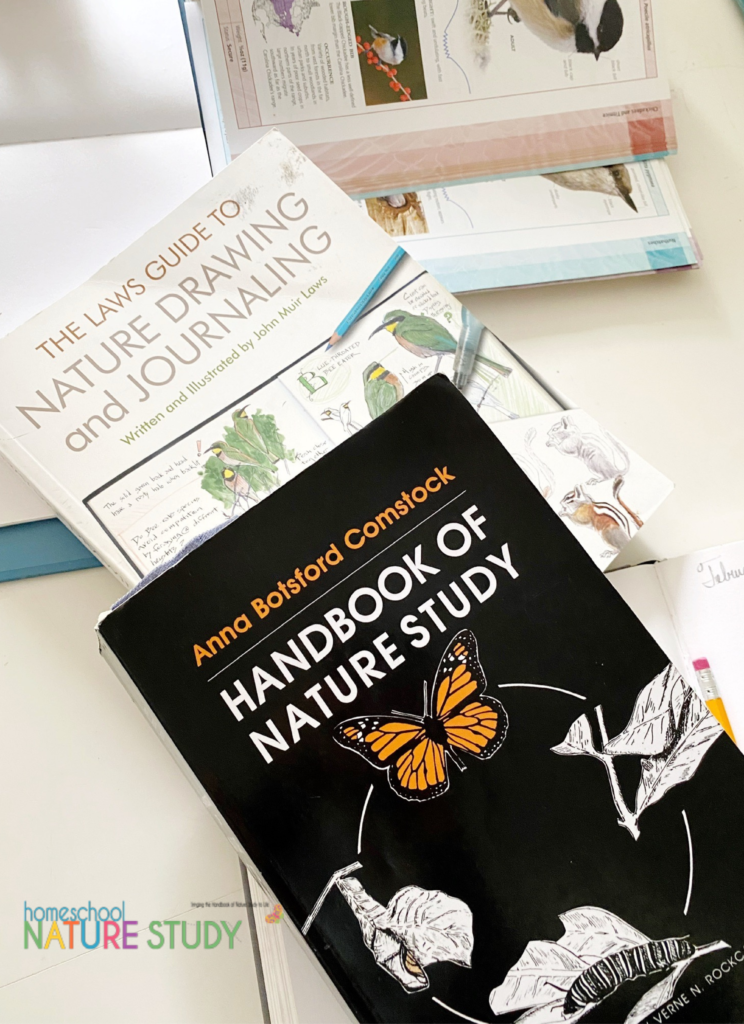
Using Field Guides and References in Your Nature Study
If we never positively identify a particular insect, we still have taken some time to investigate it further both in the field with our eyes and afterwards in the house with the field guide. The important work was done. We could be finished there if we felt satisfied or we could dig further, checking on the internet or at the library if we were inspired to know more.
Other than the Handbook of Nature Study, a science reference shelf with a collection of field guides are the best tools for research. The process of going through identifying a subject leads you through a series of questions…good questions.
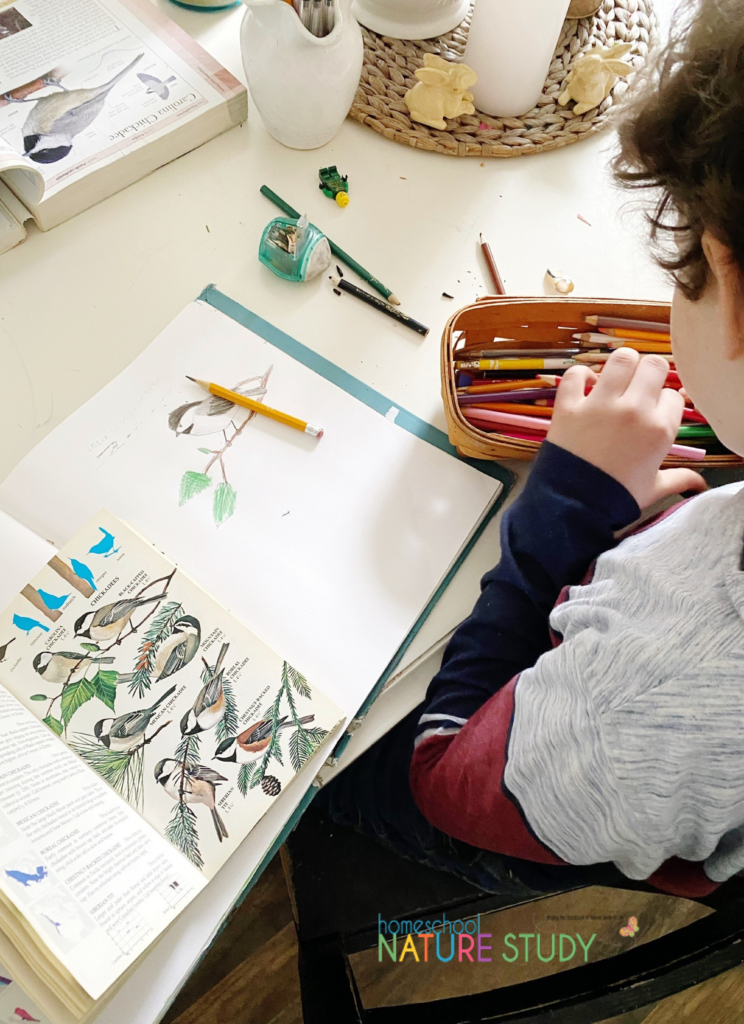
Nature Journaling in Your Homeschool
Some families are making the next step and trying to keep a record of their time in nature with a nature journal. Our family finds this activity very rewarding but we don’t always draw in our journals after every outdoor time.
Honestly, when we do take the time to try to draw what we see during our nature time, we get a lot more out of it. There is something about the process of taking your experiences and putting them down on paper that creates a special bond between you and the subject whether it is a leaf, a spider, a flower, or anything else you choose to draw.
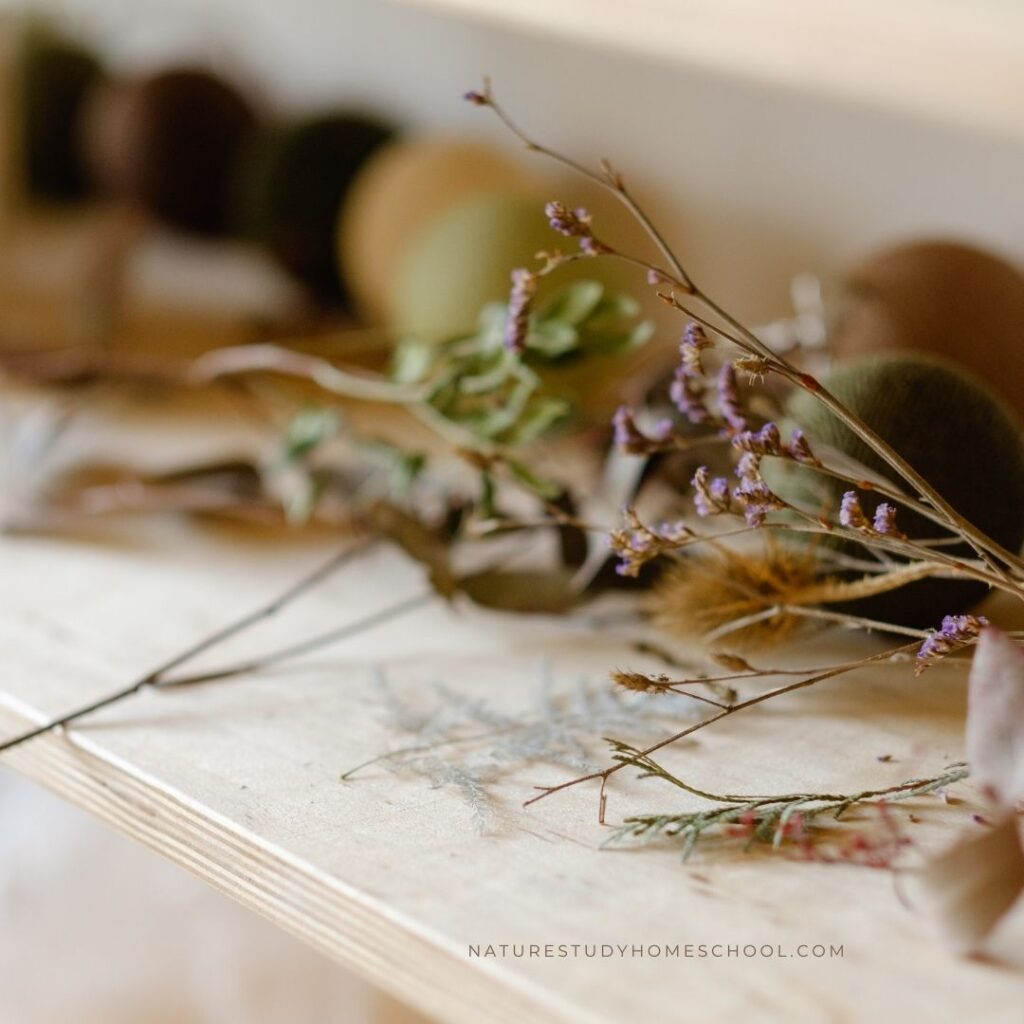
Maybe you have a collection of items from a picnic nature study last summer….the process of collecting the items can be more fun than spending time identifying them. Just enjoy them and then leave them there at the beach. Maybe next time you will have some questions ready to ask and the proper field guide on hand and will get down to the business of knowing the particular rock and tree.
So don’t be afraid of questions….questions are a great tool. You don’t need to know all the answers to the questions that your children have about nature study. Consider it a good thing when you find something you need to research because you will learn right alongside your child.
More Ways to Spark Interesting Questions and Answers in Your Homeschool
Here are a few more ideas you might enjoy:
- Using the Public Library to Enhance Your Nature Study
- How to Use the Outdoor Hour Challenges for Your Homeschool Family Nature Study
- 3 Tips for Nature Journaling When You Think You Can’t Sketch
- Does Homeschool Nature Study Count as Science?
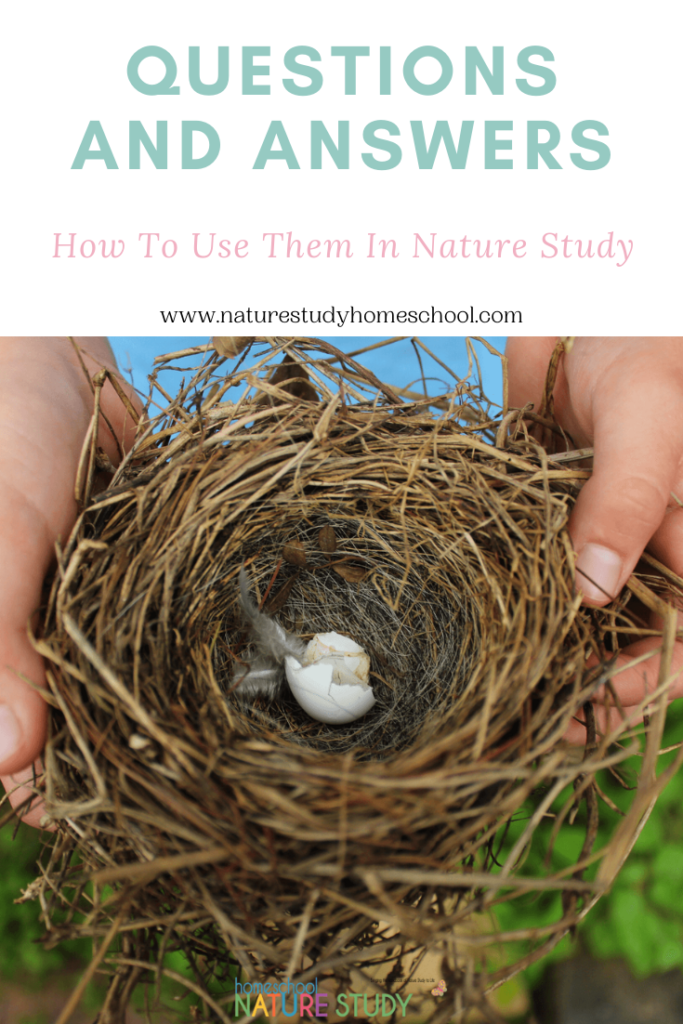
Be inspired. Be encouraged. Get outdoors!
by Barb McCoy, Outdoor Hour Challenges founder, September 2008
